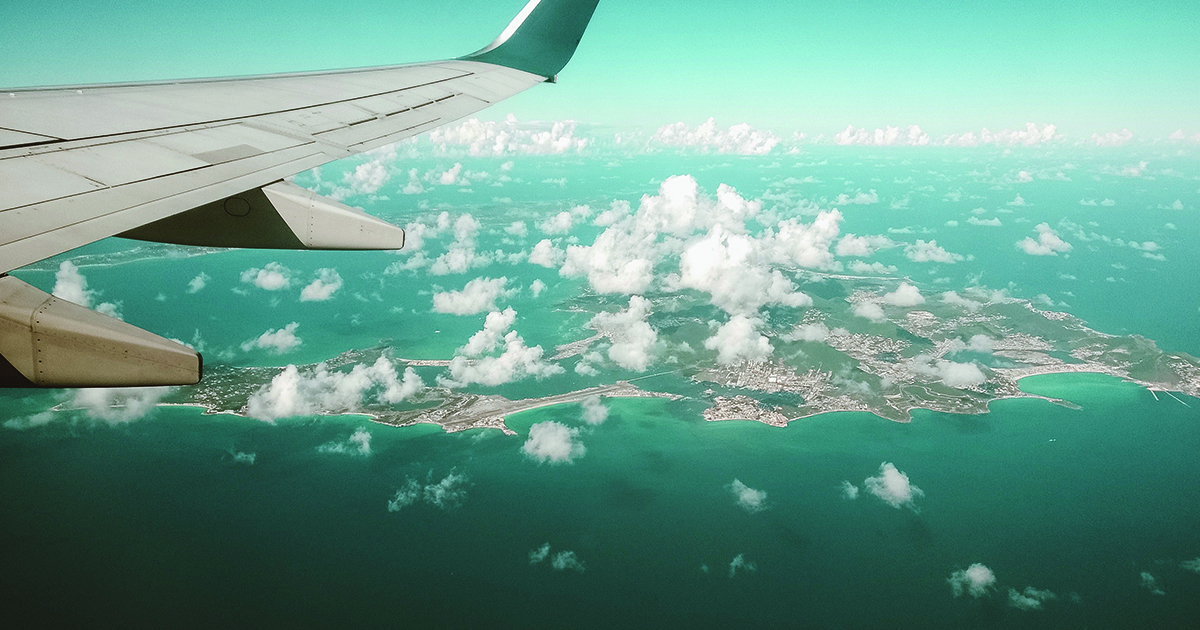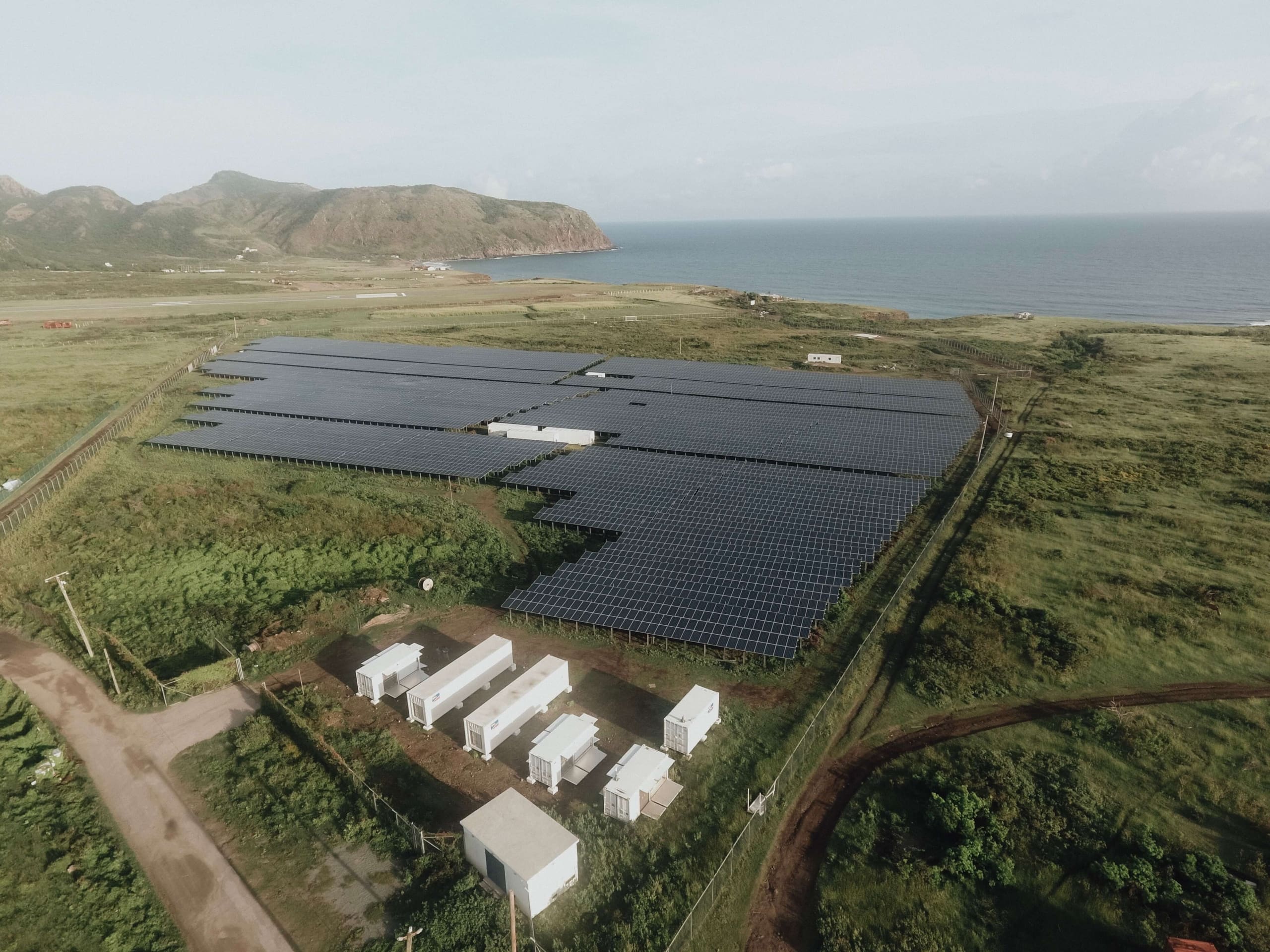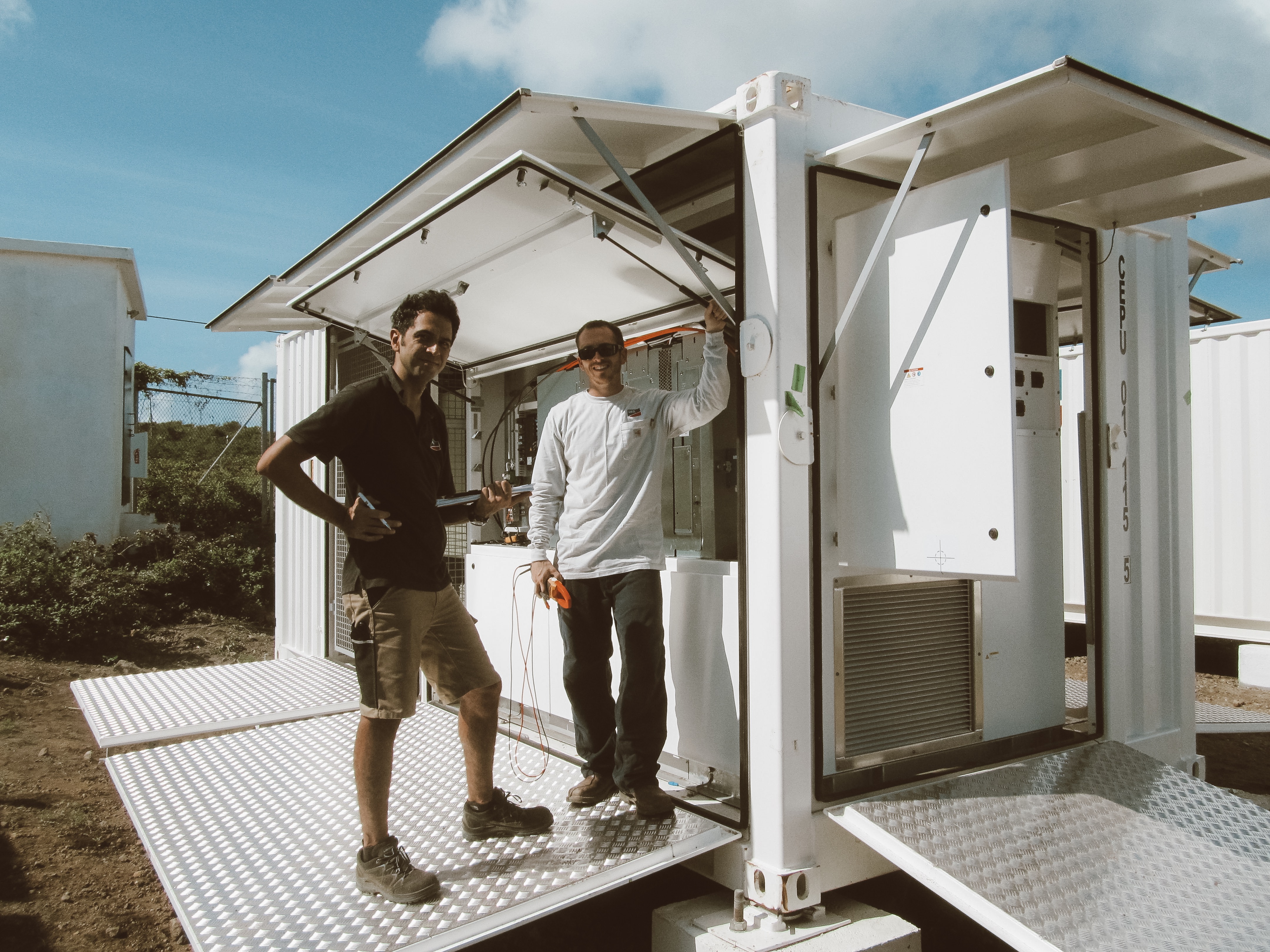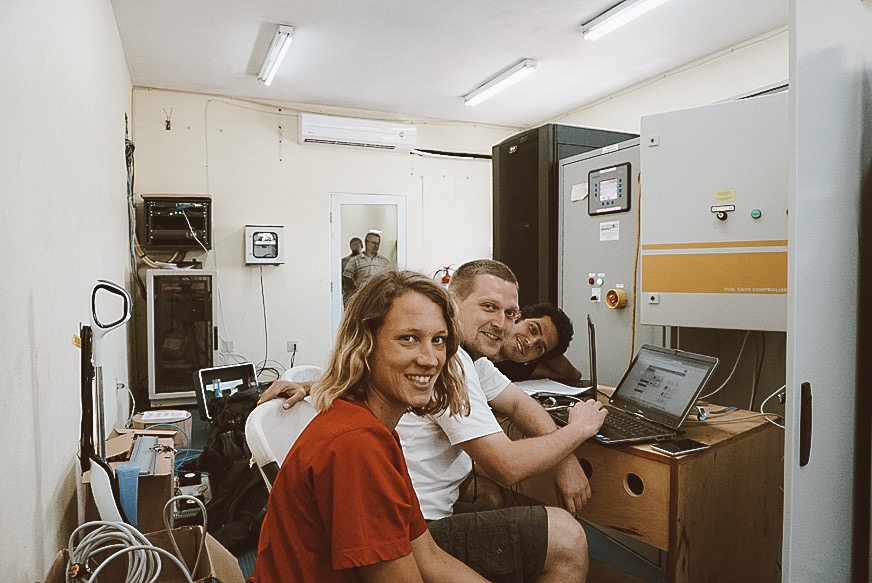The Sound of Silence

Sint Eustatius, an island in the Caribbean Sea. Turquoise water and, everywhere you look, donkeys, cows, sheep and chickens roaming free. The sun is shining and you can see dolphins and humpback whales swimming by. But, above all, it is quiet. It was not always this way.
Sint Eustatius, affectionately known as Statia by its inhabitants, has an eventful history. Shaped by trade, slavery and piracy, there have been 22 documented cases of the island in the Antilles changing hands. Since 2010, St. Eustatius has been a special municipality of the Netherlands, with 4,000 inhabitants. Far away from utility grids, diesel generators supplied the residents with electricity for decades. A humming noise drowned out the sound of ocean waves, diesel soot polluted the air and enormous costs cast a long shadow over the Caribbean idyll.
Freeing St. Eustatius from the fossil fuel age
Fred Cuvalay, CEO of local energy company St. Eustatius Utility Company (STUCO), had quite literally had enough. The emissions and noise had no place on an island that is home to two national parks. They were also not in harmony with a company that flies the flag for sustainability. He had a thought: why not use the abundant sunlight to supply electricity to the people on the island?

Sun from the store cupboard
In 2015, Cuvalay invited the SMA Sunbelt team from Germany to come to the island to complete this very task. Dirty, loud and expensive fossil fuel was to be a thing of the past, and the future clean, low-emission and sustainable.
In just nine months, the project team designed an electricity supply based on renewable energies. The team of 20 nationalities altogether developed a real energy bundle for this purpose: a large PV power plant complete with a battery-storage system. The solar storage system was integrated seamlessly into the existing infrastructure to create a hybrid system made up of solar energy and a diesel-based power supply. While the PV power plant generates electricity from the sun, the batteries store solar energy in reserve. It is then available even when the sun is behind the clouds, or at night. That means that the diesel generators can run on a low flame. It all sounds pretty simple.
Making light work of obstacles
Of course, developers put a great deal of work into this. The biggest challenge was coordinating everything exactly to the requirements and conditions on-site. For instance, management of the system had to be smart and fast enough that cloud coverage, which could change in seconds, would not pose a problem for the electricity supply.
And, just like the software, the outer shell (the hardware) had to be perfect to prevent the devices from aging prematurely in the salty and tropical sea air. Project managers Wiebke Krüger and Hamed Sadri were able to rely completely on the expertise of their team. They broke out in a sweat only when there were logistical obstacles to overcome, such as deliveries that were stuck in customs or weight restrictions on transportation. By contrast, the technical implementation and installation of components on-site was child’s play for the experienced team.
Natural disasters cannot deter people of conviction
Conversely, there were other challenges could not be influenced at all. During construction, two severe hurricanes swept their way across the island. Their destructive force was massive – but the PV farm and the battery container survived the storms unscathed. Then came the first milestone in early 2016. By commissioning the hybrid system, STUCO managed to save 800,000 liters of diesel per year thanks to solar energy. Cuvalay was so impressed that he wanted to get rid of the diesel generators immediately. It was a bold and ambitious step. But not impossible.
And suddenly all was quiet
With a healthy amount of trust, a system expansion and a battery inverter that was recently developed for this purpose, the team switched off the diesel generators on St. Eustatius for good in November 2017. This moment was groundbreaking from a technical perspective – and all it took was the push of a button. Then, everything went quiet. The diesel generators were off and the PV system took on the electricity supply.
 © SMA Solar Technology
© SMA Solar Technology © SMA Solar Technology
© SMA Solar TechnologyWhile the team rejoiced in the machine container, life on the island returned to its usual pace. Not once did the lights flicker. This is because the electricity supply was not interrupted for even a second. This is by far the biggest compliment for the team.
The system now supplies so much energy that during the day the entire island can generate enough electricity from the sun alone to satisfy its energy needs for more than ten hours. It even kicks in at night, should the generators fail. This saves 1.8 million liters of diesel and 4,500 metric tons of carbon dioxide per year. For the purposes of comparison, a car could drive around the equator about six and a half times with this amount of diesel. Or, to put it another way, it could refuel a car around 34,000 times. At a rate of about five minutes per refueling process, you would spend around 2,833 hours or 118 days at the filling station, filling up around the clock.
For St. Eustatius, the black soot clouds have finally cleared. Now, you can hear finally hear the roar of the waves again. The island is a green flagship project for the entire Caribbean region.

